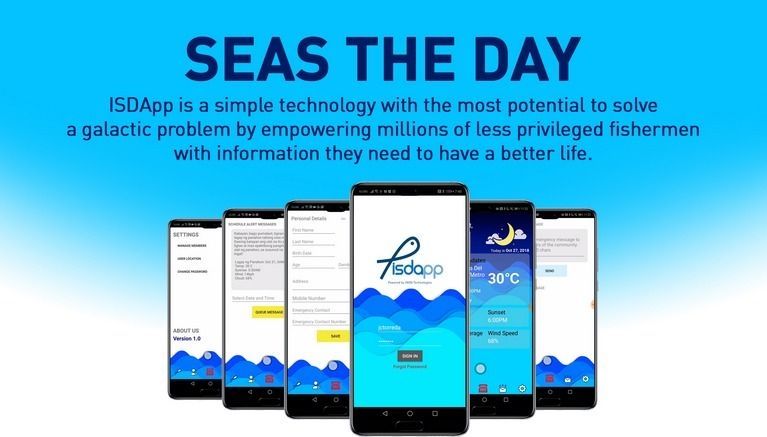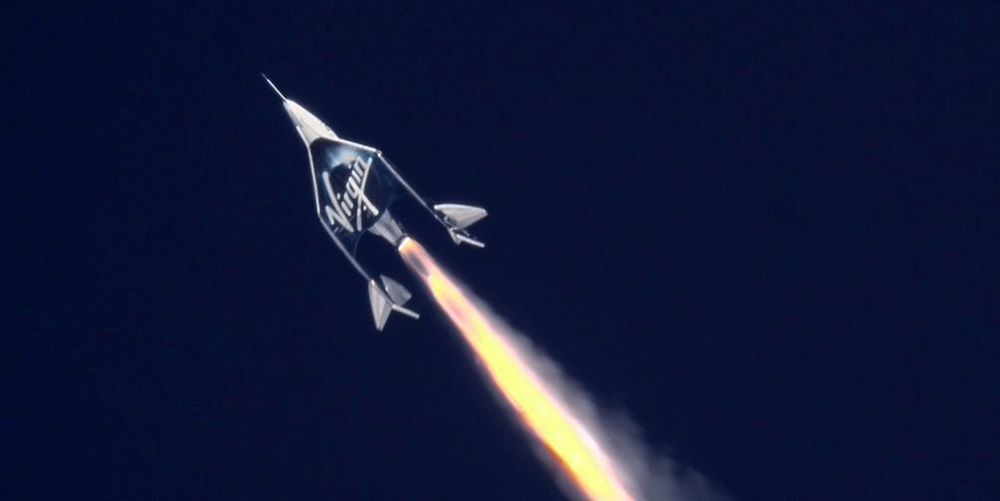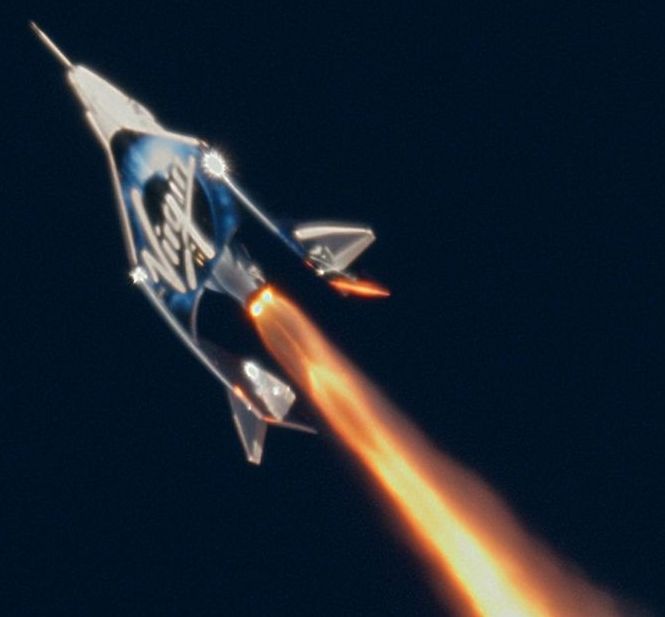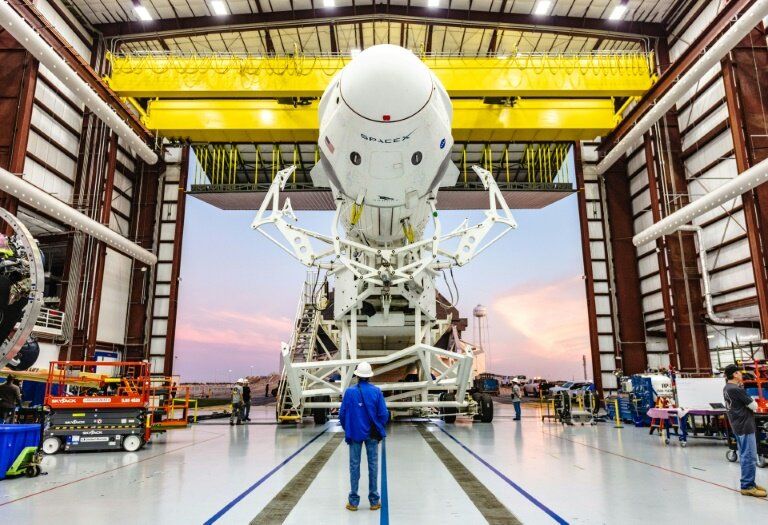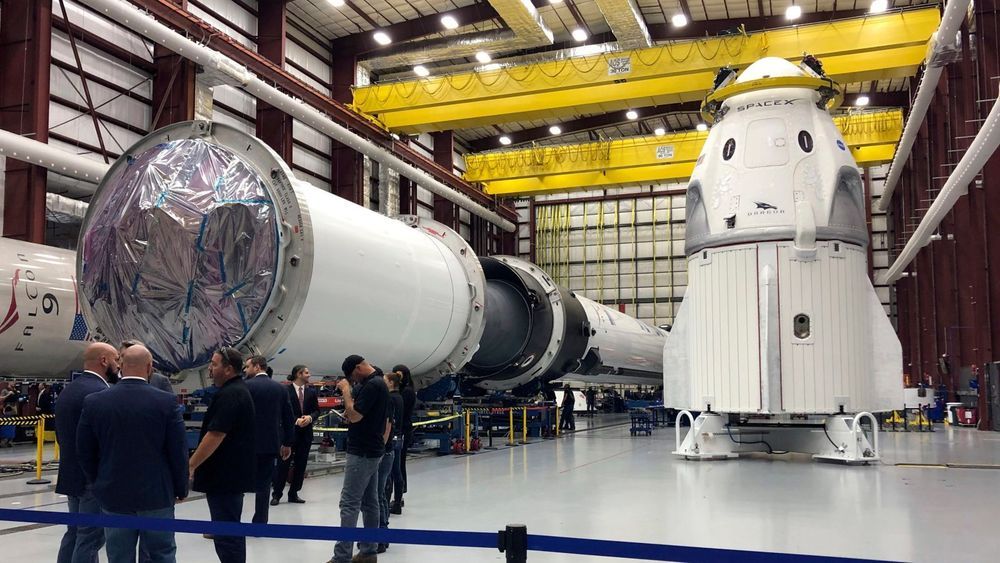The Air Force had said there was about a 20% chance that the launch would be delayed because of bad weather. But the 23-story Falcon 9 rocket lifted off on time on Thursday.
After the booster’s landing, SpaceX CEO Elon Musk tweeted: “Highest reentry heating to date. Burning metal sparks from base heat shield visible in landing video.”
You can watch the mission and landing, narrated by SpaceX staff, here, though this clip shows the booster’s heat shield burning off.




